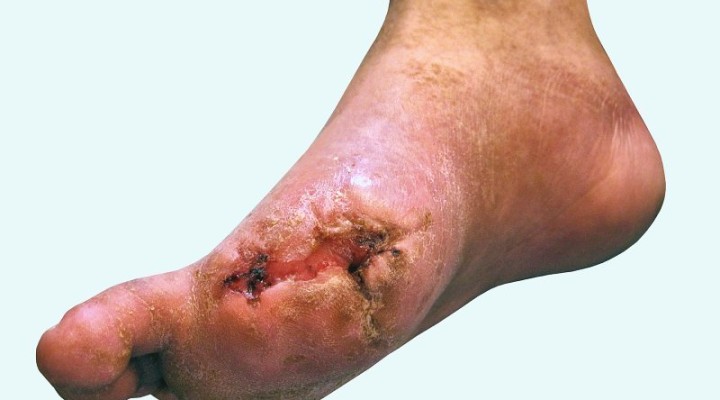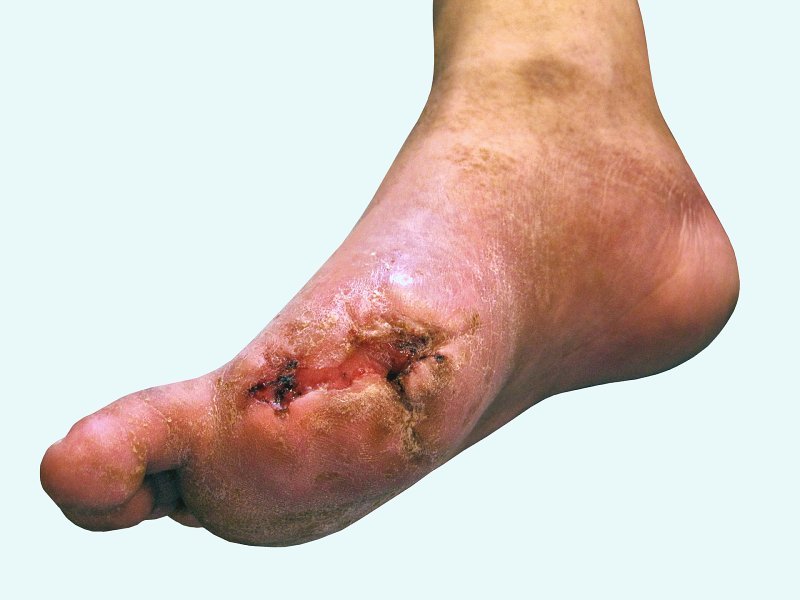- Take a detailed history of the patient.
- Perform a physical examination, including skin and wound assessments.
- During foot examination, nurses should ask patients to remove their shoes and socks and then examine their feet in order to screen patients at high risk and report to other members of the multidisciplinary diabetic foot team.
- After the wound assessment, perform a complete body assessment.
- Encourage patients and families to seek appropriate care and follow-up visits regularly. The primary goal of screening is early detection of diabetic foot problems, identifying those at risk and planning to reduce the risk of ulcers.
- Facilitate active participation of patients and family members in care and teach patients about the importance of regular visits to the clinic, blood tests at specified intervals and the primary principle of diabetes care and prevention of its complication.
- Encourage patient to participate in physical therapy and group activities to help promote mobility.
- Encourage patient to walk to improve blood flow to and from the feet and legs.
- Teach patient about wound care and how to manage diabetes.
- Teach patients how to perform physical assessment and take care of their feet on a daily basis to prevent diabetic foot ulcers.
- Evaluate patient requirements and design a particular educational program for each patient and their families.
- Encourage patients to carry out a series of simple rules in order to help prevent foot ulcers or recurrence, such as checking the shoes before wearing, keeping feet clean and continuing care of the skin and nails.
- Perform complementary care such as selection an appropriate dressing according to the type of ulcers. Selection dressing depending on the type of wound which is wet or dry is important since dressings, while keeping clean the wound and maintain the wound moisture, help to debridement and reduce the number of bacteria.
- Train patients about choosing the right shoes.
- Encourage and teach patients to use assistive devices. Accordingly, nurses should identify different types of devices and its applications to serve as an introduction to the patients based on patient conditions to maintain their mobility.
- Maintain good documentation.
Sources:
https://www.ncbi.nlm.nih.gov/pmc/articles/PMC3598173/
https://nursingcenter.com/journalarticle?Article_ID=431142
https://link.springer.com/article/10.1186%2F2251-6581-11-24










